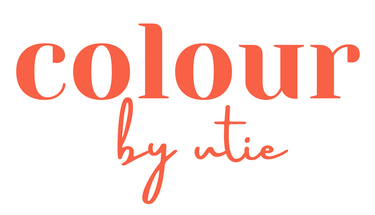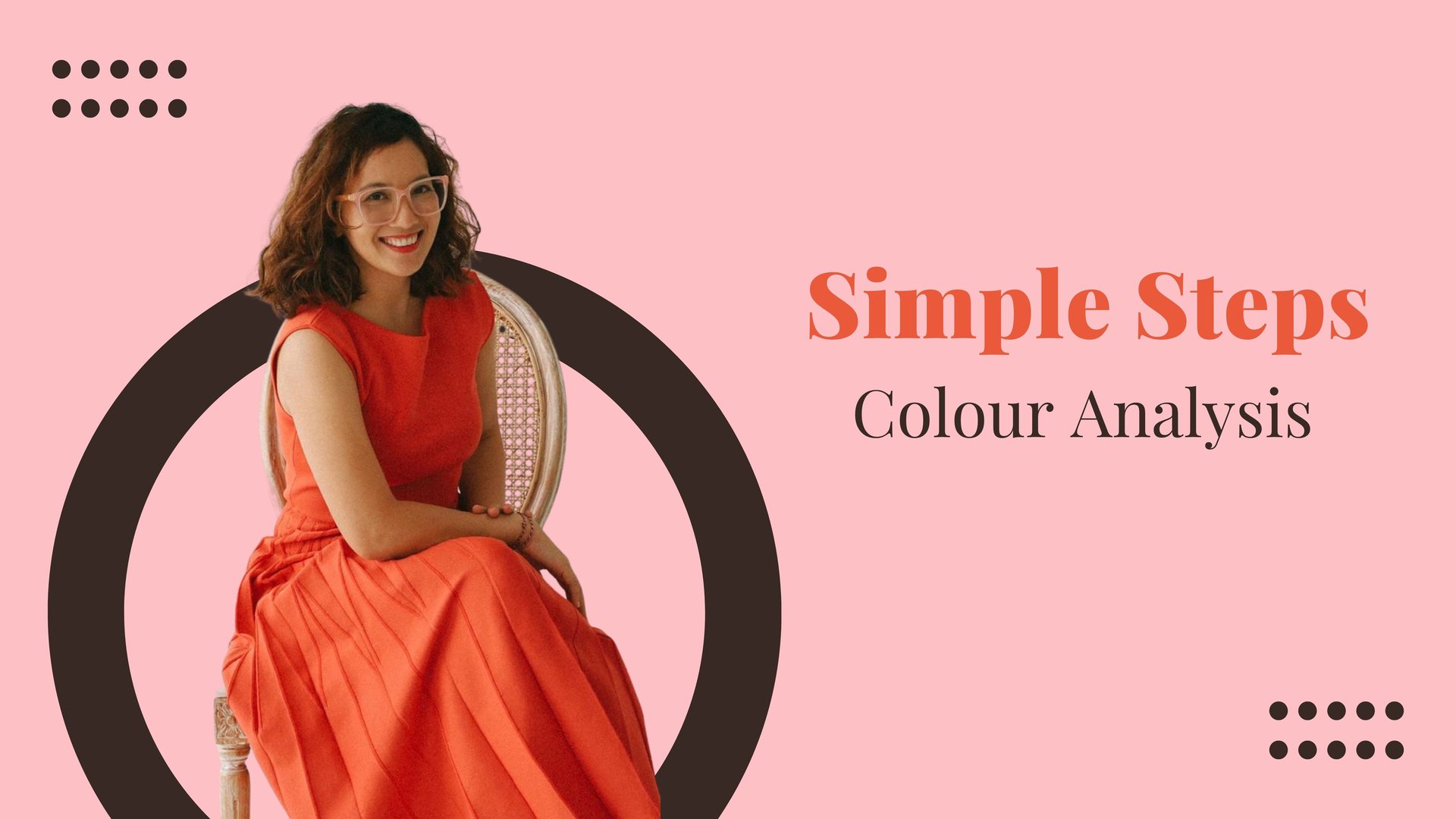
Initial Consultation
The personal colour analysis begins with a conversation about the individual’s goals, style preferences, and current fashion habits. This initial step helps uncover any concerns they may have about colour, ensuring the analysis is tailored to their lifestyle, personality, and desired self-expression.
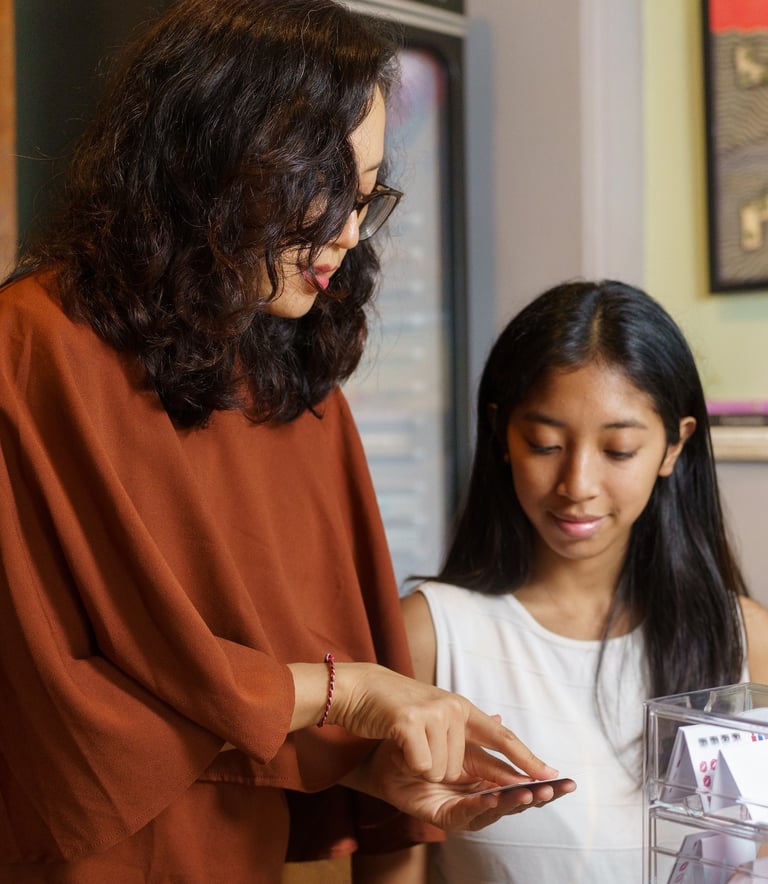

1.
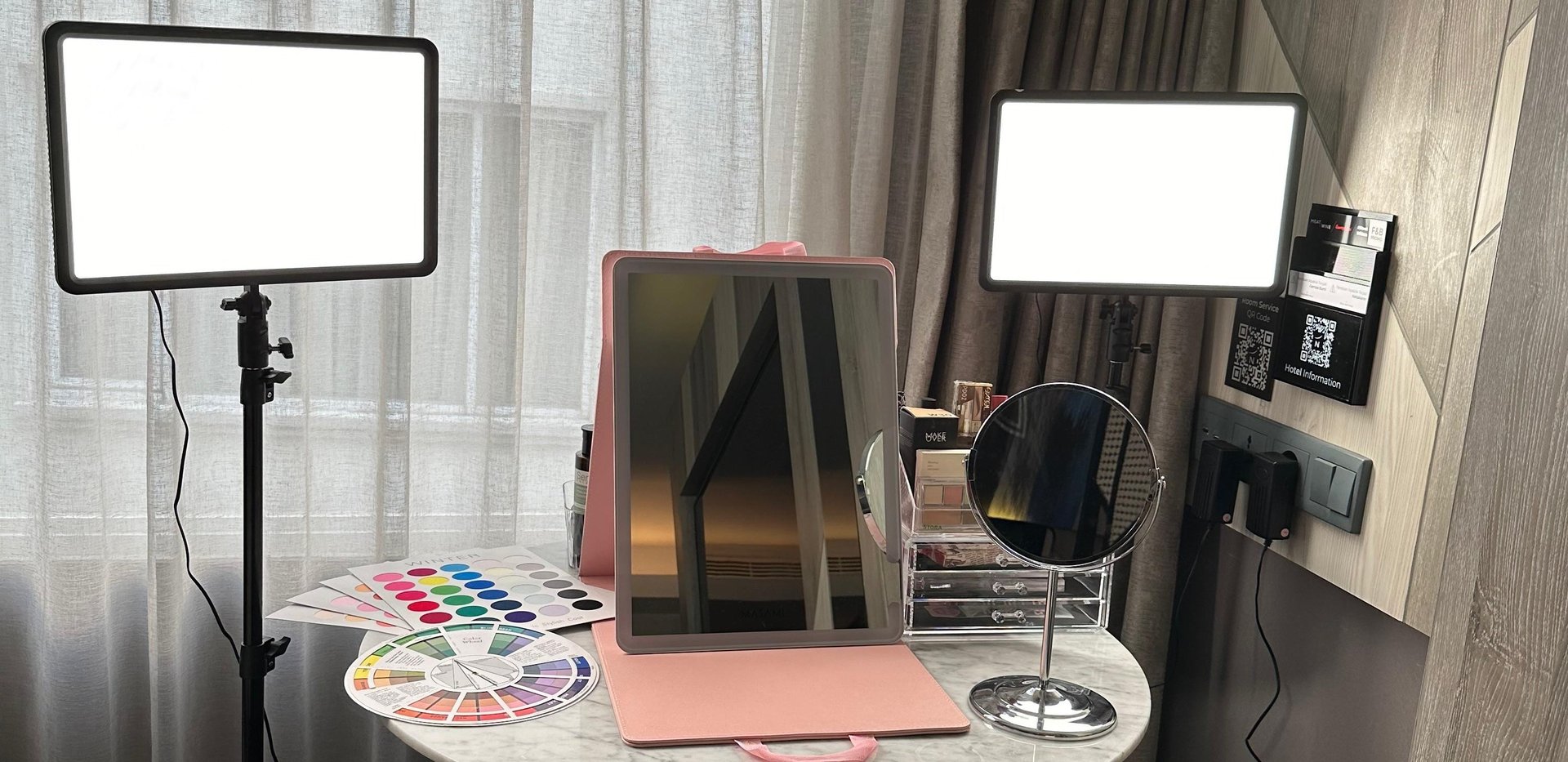
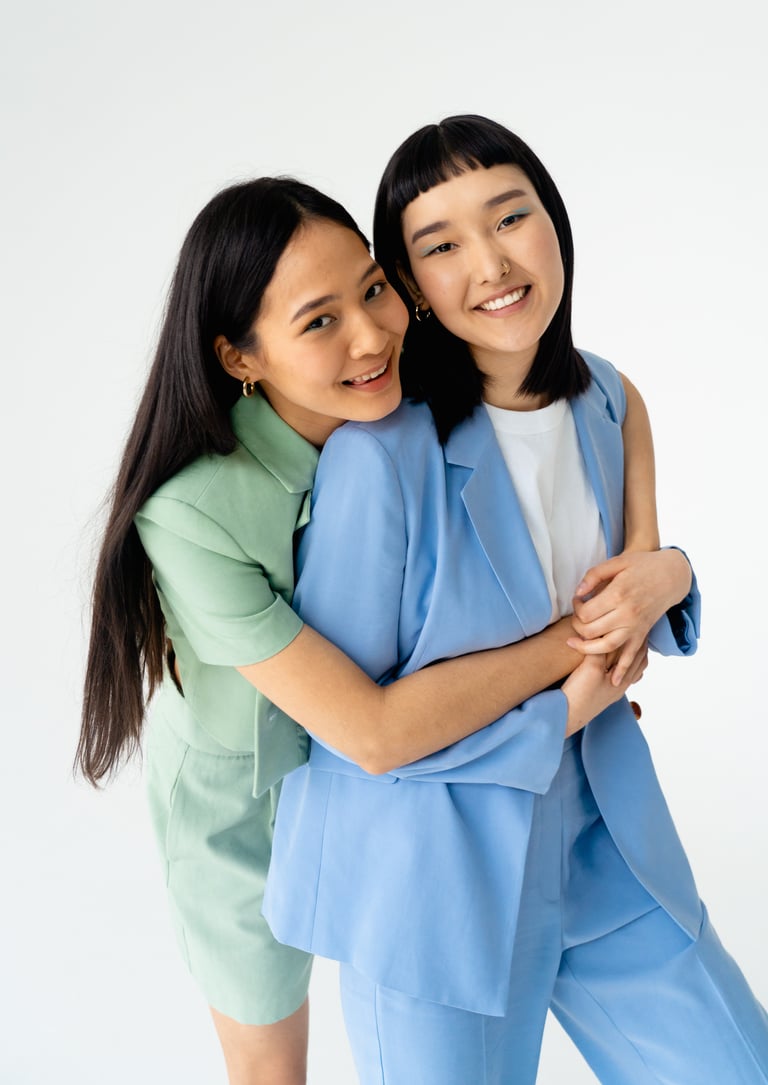

Assessment of Natural Feature
Skin Tone: Identify the skin's undertone (warm, cool, or neutral). This is usually done by observing the skin under natural light or by using specific tests, such as looking at the veins on the wrist (blue or purple veins indicate cool undertones, green veins indicate warm undertones).
Hair Color: Consider the natural colour of the hair, including any variations or highlights.
Eye Color: Note the colour of the eyes, including any flecks or unique features.
2.
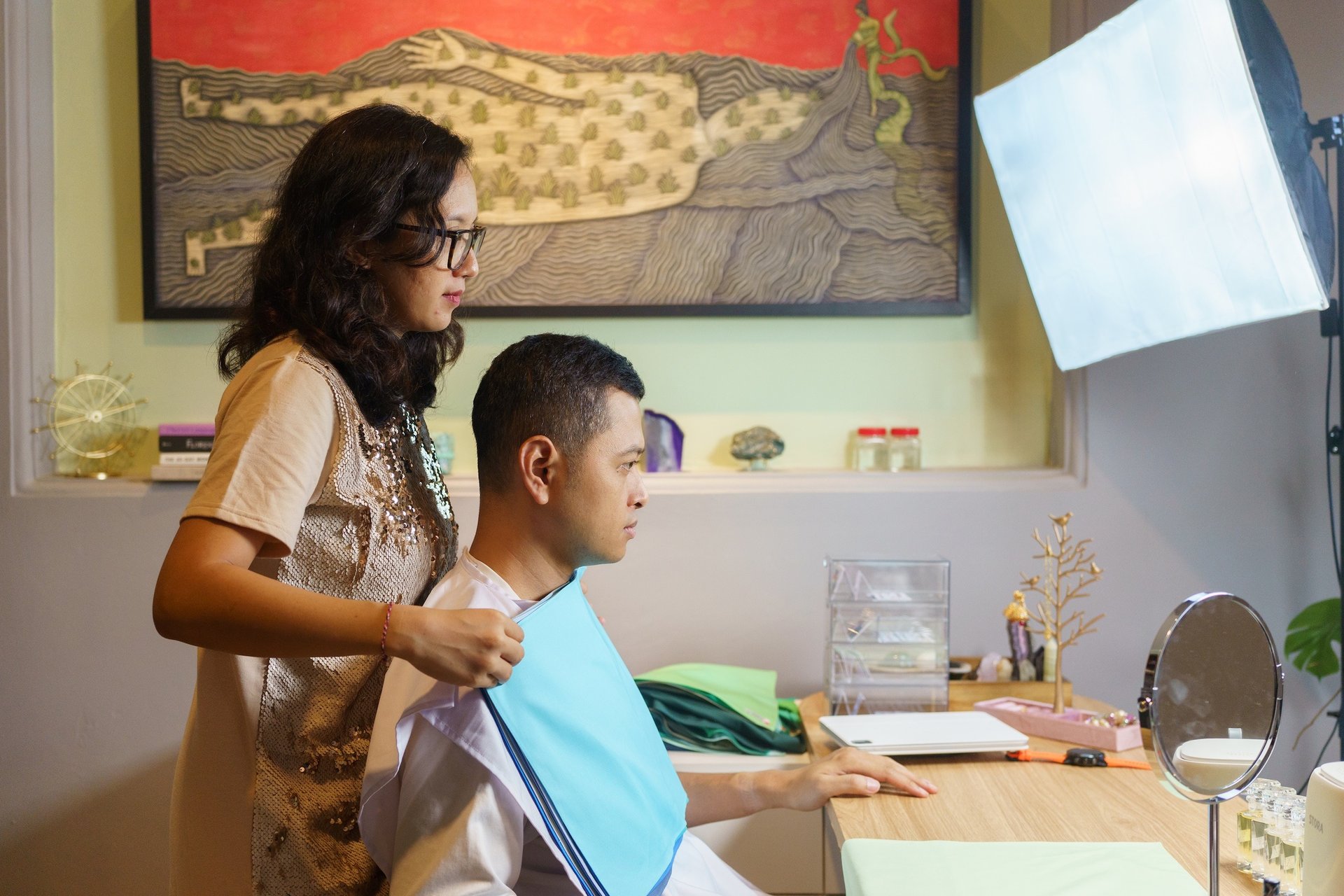
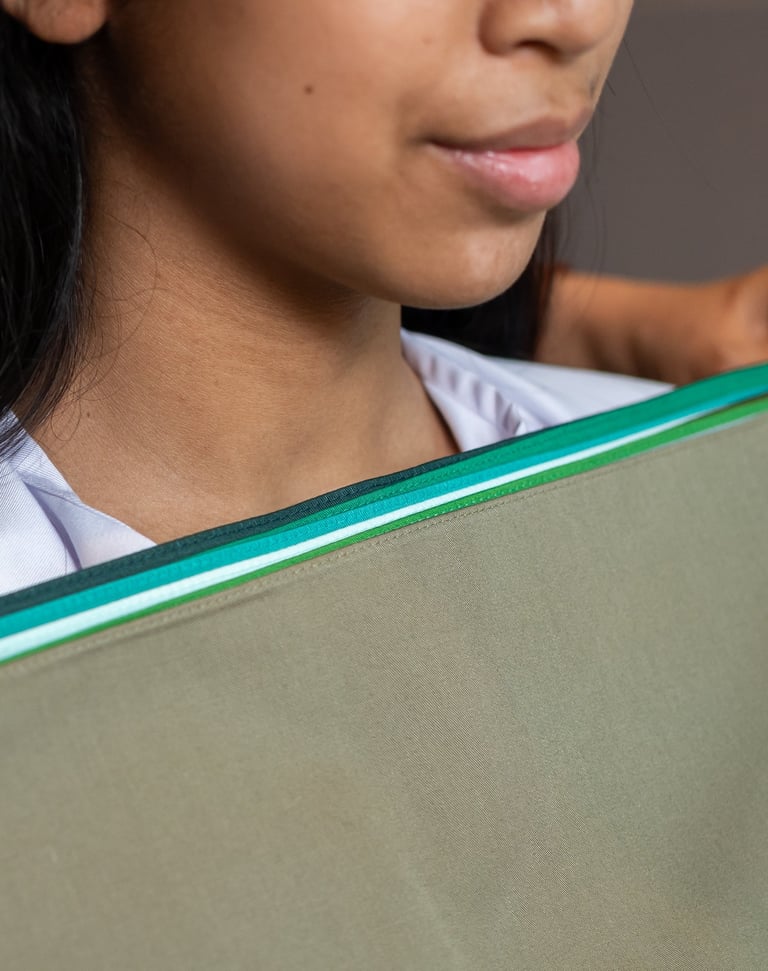

Draping Process
The most crucial part of the analysis. The individual is seated in front of a mirror, typically in good natural light or under controlled lighting conditions.
Different coloured drapes (pieces of fabric) are placed around the individual's shoulders, one at a time. The goal is to observe how each colour reflects on the face, highlighting or detracting from the natural features.
The consultant will look for signs of enhancement (e.g., brighter eyes, more even skin tone) or detriment (e.g., shadows, dullness) as each colour is tested.
3.
5. Color Palette Selection
Based on the draping results, the consultant determines the individual's seasonal palette, typically categorized into Winter, Spring, Summer, or Autumn, each with its own set of colours. Some systems also use additional categories or subcategories.
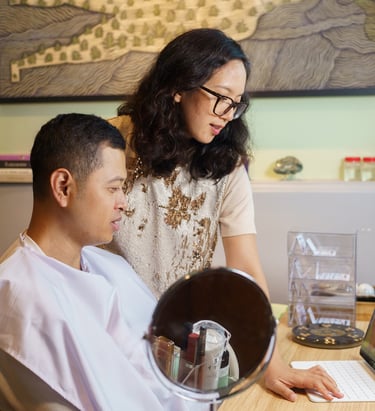

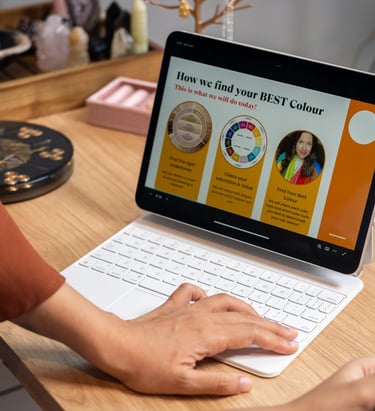

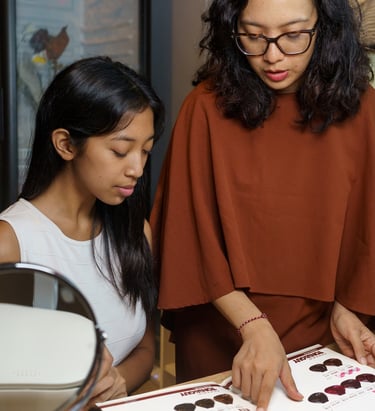

4. Seasonal Categorization
Once the seasonal category is identified, the consultant provides a colour palette that includes the best shades for the individual. This palette typically includes a range of colours for clothing, accessories, makeup, and even hair colour suggestions.
6. Application Guidance
Give advice on incorporating recommended colours into the wardrobe. Share tips on mixing, matching, choosing key pieces, and creating a cohesive look. Include guidance on makeup and the best shades for eyes, lips, and cheeks.
Frequently asked questions
What is personal colour analysis?
Personal colour analysis is a process that helps you discover the colours that naturally complement your skin tone, hair, and eyes—enhancing your overall appearance and confidence.
What will I receive after the session?
You’ll get a personalised colour palette and practical guidance on how to apply it—whether for clothing, accessories, or makeup. Some packages also include follow-up support.
Why does knowing my personal colours matter?
Wearing the right colours can brighten your complexion, make you look more vibrant, and simplify your wardrobe choices. It also helps you express your personality more authentically.
Is colour analysis only for women?
Not at all! Colour analysis is for everyone—regardless of gender—who wants to look and feel their best. Many men also find it helpful for refining their wardrobe and grooming choices.
How is the analysis done?
We assess your skin undertone, natural hair colour, and eye colour using professional drapes and visual techniques under natural lighting. The process is interactive and tailored to you.
Can I still wear colours outside my palette?
Absolutely. Your palette is a guide, not a rule. Once you understand your best colours, you’ll learn how to adjust or layer other shades to still look harmonious.
